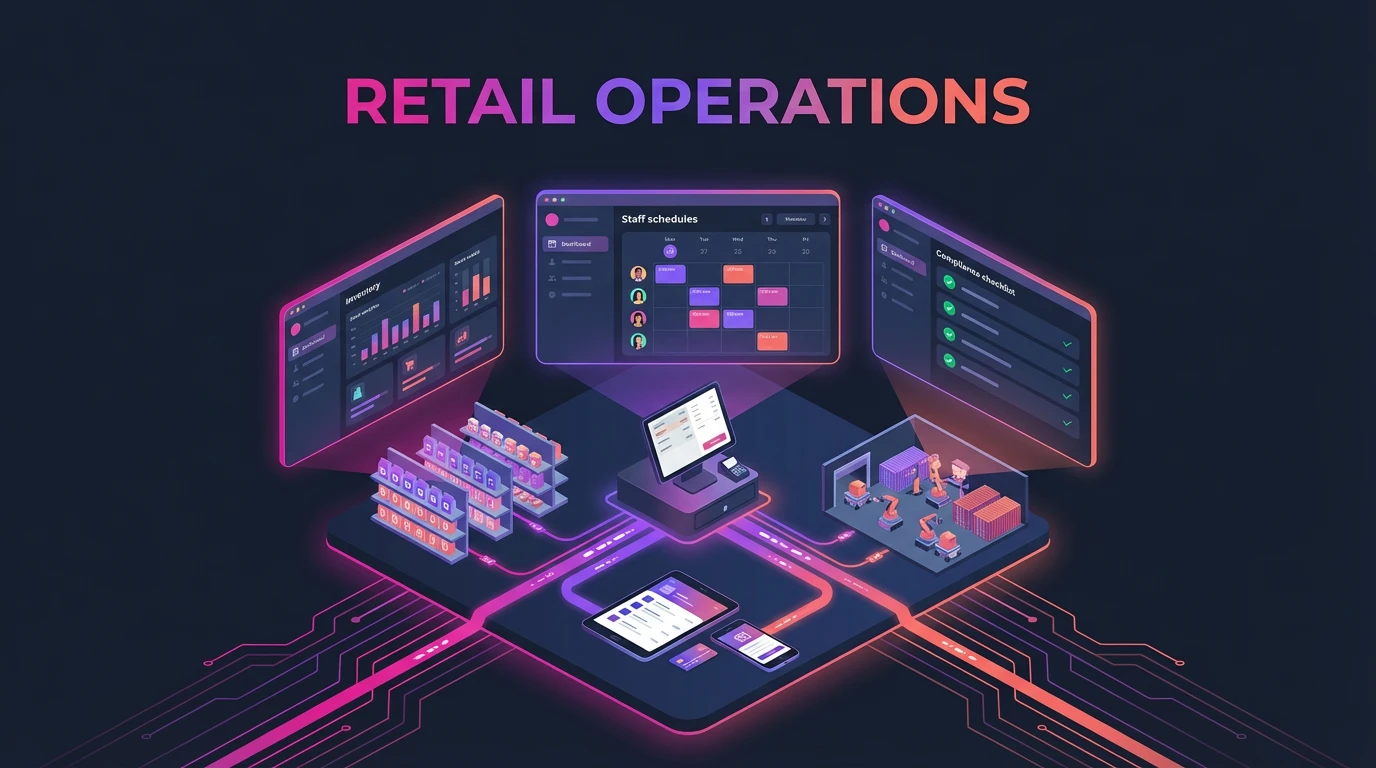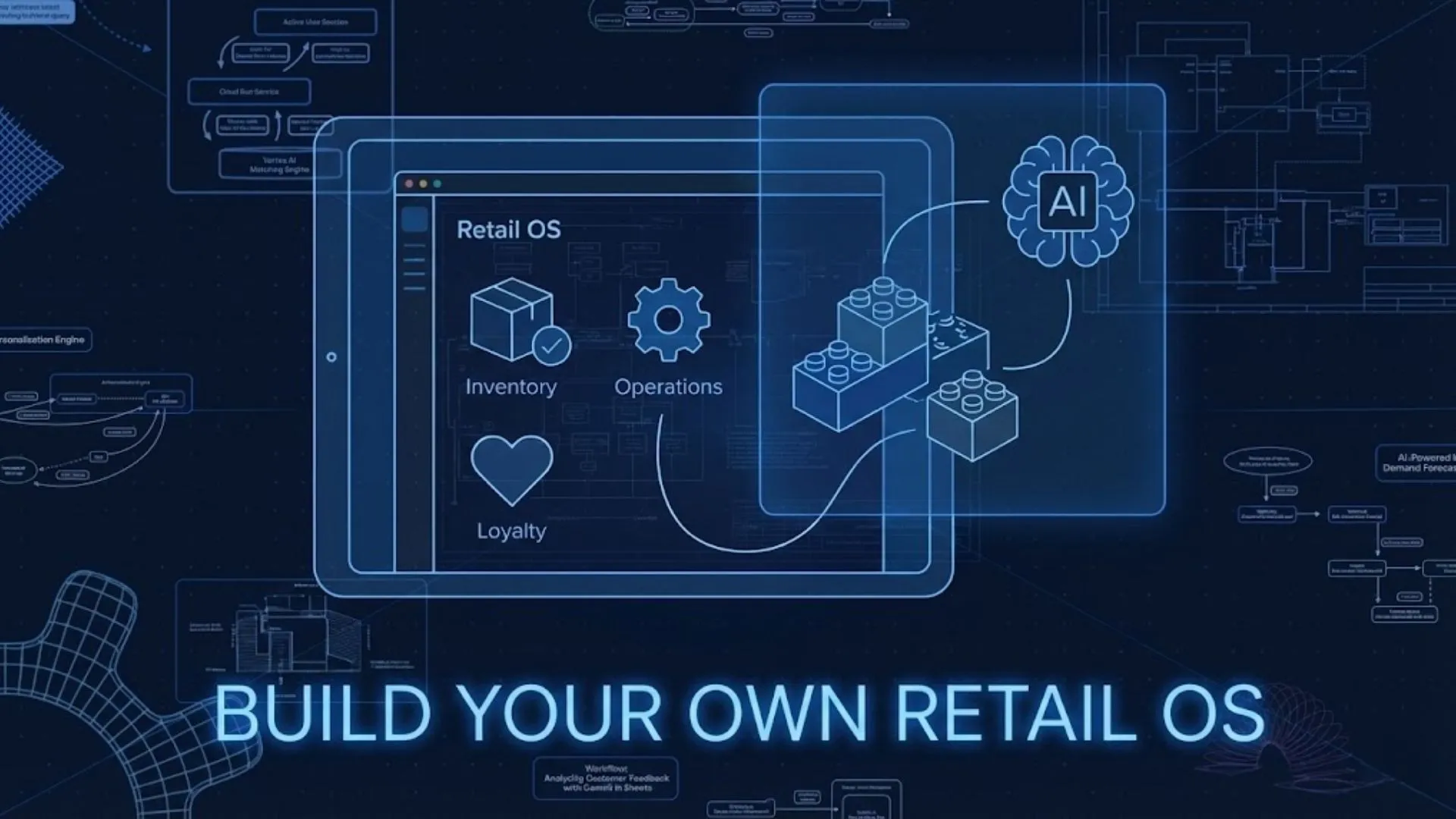In today’s fast-paced digital landscape, having an online presence is non-negotiable. Whether you’re an entrepreneur validating a new idea, a small business owner digitizing operations, or a marketer launching a campaign, the need for a website is constant. Traditionally, this meant navigating complex coding, hiring expensive developers, or wrestling with clunky content management systems. But what if you could bypass all that? What if you could conjure a fully functional, professional website with just one simple prompt?
Welcome to the era of AI-powered website creation, where platforms like Imagine.bo are turning this futuristic vision into a present-day reality. This guide will walk you through the revolutionary process of making a website with a single prompt, transforming your ideas into live digital experiences faster than ever before.
Launch Your App Today
Ready to launch? Skip the tech stress. Describe, Build, Launch in three simple steps.
BuildThe Paradigm Shift: AI & No-Code Website Creation
The convergence of Artificial Intelligence and no-code development has democratized website creation. No longer is it the exclusive domain of coders. Now, anyone with an idea and the ability to articulate it can become a builder. Imagine.bo stands at the forefront of this revolution, designed specifically to empower non-technical users to create, customize, and launch scalable applications and websites.
What Does ‘One Prompt’ Really Mean?
When we talk about creating a website with one prompt, we’re referring to using natural language to instruct an AI to generate the foundational structure and initial content of your site. Instead of writing lines of code, you’ll write a clear, descriptive command. The AI then interprets this prompt, drawing upon vast datasets and design principles to assemble a functional prototype.
Why Imagine.bo is a Game-Changer for Rapid Website Development
Imagine.bo’s core strength lies in its ability to translate plain English into a robust web application. It automates the heavy lifting of software development and deployment, handling the code and infrastructure so you can focus purely on your vision. This platform isn’t just about speed; it’s about providing a comprehensive solution that includes scalability, security, and built-in tools for growth, all without needing programming knowledge.
Step-by-Step: Building Your Website with One Prompt
The journey from idea to live website with Imagine.bo is streamlined into three intuitive steps: Describe, Build, and Launch. Let’s break down each one.
Step 1: Describe Your Idea – Crafting the Perfect Prompt
This is where your ‘one prompt’ comes into play. Think of it as giving instructions to a highly intelligent, incredibly fast developer. The quality of your prompt directly influences the initial output. A good prompt is clear, concise, and comprehensive.
Elements of an Effective Prompt:
- Website Type: What kind of site is it? (e.g., e-commerce store, portfolio, blog, service landing page, community forum).
- Core Purpose: What do you want visitors to do? (e.g., buy products, book appointments, learn about a service, sign up for a newsletter).
- Target Audience: Who is your website for? (e.g., small business owners, young professionals, local community members).
- Key Features: What essential functionalities should it have? (e.g., contact form, product gallery, blog section, user login, payment integration).
- Tone & Style: Any specific aesthetic or brand voice? (e.g., modern and minimalist, vibrant and playful, professional and corporate).
- Essential Content Sections: What pages or sections do you anticipate? (e.g., Home, About Us, Services, Products, Contact, FAQ).
Example Prompt: “Create a modern, minimalist e-commerce website for a sustainable handmade jewelry brand called ‘EcoGems’. It should feature a product catalog with categories (necklaces, earrings, bracelets), individual product pages with images and descriptions, a shopping cart, secure checkout, an ‘About Us’ page telling our brand story, and a blog for sustainability tips. The target audience is eco-conscious women aged 25-45. The site needs to be mobile-responsive and visually appealing.”
This detailed prompt gives Imagine.bo’s AI a robust blueprint to start building. The more specific you are, the closer the initial generation will be to your vision.
Step 2: Build with AI – Witnessing Instant Creation
Once you submit your prompt, Imagine.bo’s AI gets to work. In mere moments, it will generate the foundational app architecture and features based on your input. This isn’t just a static template; it’s a dynamic, functional prototype.
- Initial Generation: The AI will present you with a working version of your website, complete with placeholder content, design elements, and the core functionalities you requested.
- Review and Refine: Take time to review the generated site. Does it capture the essence of your idea? Are the key sections present? This is your first opportunity to see your prompt come to life.
This rapid prototyping capability is invaluable for validating ideas quickly, especially for founders and entrepreneurs looking to build MVPs without major upfront investment. To understand more about validating ideas, you might find our guide on rapid product validation with AI app builders helpful.
Step 3: Customize & Launch – Bringing Your Vision to Life
The AI-generated website is a fantastic starting point, but now it’s time to infuse your unique brand identity and content. Imagine.bo’s drag-and-drop builder makes customization intuitive and accessible.
Visual Customization:
- Drag-and-Drop Interface: Easily rearrange sections, add new elements (images, text blocks, buttons, forms), and adjust layouts without touching any code.
- Styling Options: Modify colors, fonts, spacing, and component styles to match your brand guidelines.
- Content Integration: Replace placeholder text with your actual copy, upload your product images, and populate your blog posts.
- Feature Enhancement: Integrate advanced features like analytics, SEO tools, and payment gateways. Imagine.bo’s platform supports these integrations seamlessly.
For those interested in enhancing their site’s SEO, our article on SEO-friendly website design offers valuable insights.
Deployment & Scalability:
Once you’re satisfied with your website, launching is a one-click affair. Imagine.bo deploys your app to leading cloud providers like AWS, GCP, or Vercel, ensuring your site is:
- Scalable: Ready to handle growth, from a few visitors to millions.
- Secure: Built with robust security measures and GDPR/SOC2 compliance in mind. Learn more about no-code app security best practices.
- High-Performance: Optimized for speed and reliability.
This effortless deployment means you can go from idea to live website in a fraction of the time it would take with traditional methods. The platform also offers real-time human support from engineers for any advanced issues, a rarity in the no-code space.
Beyond the Basics: Optimizing Your AI-Generated Website
Creating your website with one prompt is just the beginning. To truly succeed, you’ll want to optimize it for user experience, search engines, and growth.
SEO and Analytics for Visibility
Imagine.bo includes built-in analytics and SEO tools to help founders optimize for growth. Ensure your content is keyword-rich, your meta descriptions are compelling, and your site structure is logical. Monitor user behavior to make informed decisions about future improvements. Delving deeper into prompt engineering can also significantly boost your website’s performance and visibility. Explore our prompt engineering tips for no-code AI developers to refine your approach.
Mobile Responsiveness is Key
In a mobile-first world, your website must look and function flawlessly on all devices. Imagine.bo inherently builds mobile-responsive sites, but always double-check and test the user experience across different screen sizes. This is critical for retaining visitors and improving search engine rankings.
Integrating AI Capabilities
Since your website is built on an AI-powered platform, consider how you can leverage more AI within your site. This could include AI-powered chatbots for customer service, personalized content recommendations, or advanced analytics. For example, you could deploy AI chatbots on your website to enhance user engagement.
Leveraging Community and Support
Imagine.bo fosters a community around its platform, offering resources and support. Engage with other users, share insights, and take advantage of the real-time human support from engineers. This ecosystem can be invaluable as you grow and encounter new challenges.
Who Benefits Most from One-Prompt Website Creation?
This revolutionary approach to website building isn’t just for a select few; it’s designed to empower a broad spectrum of creators and businesses:
- Founders & Entrepreneurs: Quickly build MVPs to validate ideas, attract investors, and get to market faster without needing a technical co-founder.
- Small Businesses: Digitize operations, launch online stores, or create service booking platforms without hiring expensive developers.
- Designers & Marketers: Create functional prototypes for campaigns, client presentations, or interactive portfolios, focusing on aesthetics and user experience rather than code.
- Educators & Non-Profits: Build informational portals, event registration sites, or community platforms with ease, enabling them to focus on their core mission.
The benefits are clear: no coding required, fast go-to-market, scalable and secure infrastructure, and an affordable alternative to traditional development. This approach is fundamentally changing how we approach digital product creation. For a deeper dive into how AI is revolutionizing app development, check out our guide on revolutionizing app development.
The Future of Web Development is Prompt-Driven
The ability to create a sophisticated website from a single prompt marks a significant milestone in web development. It’s a testament to how far AI and no-code technologies have come, and it points to an even more accessible future. Imagine a world where anyone can manifest their digital ideas into reality, regardless of technical skill.
Platforms like Imagine.bo aren’t just tools; they are enablers, fostering innovation and empowering a new generation of creators. By understanding how to craft effective prompts and leverage the intuitive customization options, you can harness this power to build stunning, functional websites in minutes, not months. The future of web development is here, and it starts with your imagination and a single prompt.
For those curious about the broader landscape of AI-powered no-code builders, our article on top no-code AI app builders provides a comprehensive overview.
Frequently Asked Questions
Can I really build a full website with just one prompt?
Yes, with advanced AI no-code platforms like Imagine.bo, you can generate the foundational structure and initial content of a full website using a single, detailed natural language prompt. You’ll then use visual tools for customization.
What kind of information should I include in my prompt?
Your prompt should include the website type, its core purpose, target audience, key features (e.g., contact form, product gallery), desired tone/style, and essential content sections (e.g., Home, About Us, Services).
Do I need any coding knowledge to use Imagine.bo?
No, Imagine.bo is a no-code platform designed for non-technical users. It uses natural language input and a drag-and-drop interface, eliminating the need for programming skills to build and launch websites.
Is a website built with one prompt scalable and secure?
Absolutely. Platforms like Imagine.bo are built with scalability and security in mind. They deploy your website to enterprise-grade cloud providers like AWS, GCP, or Vercel, ensuring it can handle growth and meets security standards like GDPR/SOC2.
Can I customize the AI-generated website after it’s created?
Yes, the AI-generated website serves as a robust starting point. You can extensively customize it using Imagine.bo’s intuitive drag-and-drop editor, allowing you to modify layouts, colors, fonts, add content, and integrate specific features to match your brand.
Launch Your App Today
Ready to launch? Skip the tech stress. Describe, Build, Launch in three simple steps.
Build




